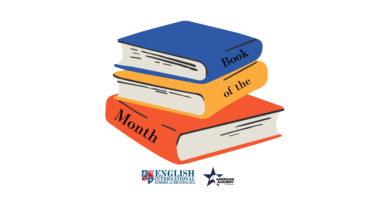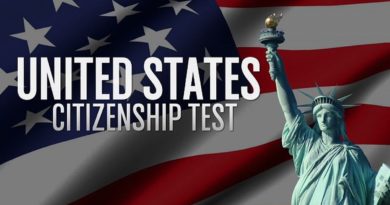Exploring Narrative Structures and Their Influence
MYP 5 concludes a unit based on taking a deeper look at how the way we structure our communication influences the way others interpret or understand our message.
Embarking on a unit that intertwines language, literature, and film, our students recently delved into the intricate world of narrative structures and ethical dilemmas. In this blog post, we’ll explore some key facets of this engaging unit, culminating in a thought-provoking summative assessment that allowed students to apply their newfound knowledge in crafting and analyzing narratives.
Exploring Narrative Structures: The unit commenced with an exploration of narrative structures and their impact on storytelling. Students engaged in lively discussions about the power of storytelling in film, literature, and beyond. They uncovered the significance of perspectives, ethics, and narrative in shaping our understanding of moral dilemmas.
The Truman Show as a Lens: One of the central pillars of our unit was the in-depth analysis of “The Truman Show.” This iconic film became the canvas upon which students painted their understanding of narrative structures, dissecting the choices made by the filmmakers to portray ethical and moral dilemmas. The character arc of Truman, the cinematic techniques, and the symbolism woven into the narrative provided a rich tapestry for exploration.
Key Concepts Explored: Students delved into essential questions such as “How do narrative structures influence our understanding of moral and ethical dilemmas?” Throughout the unit, they unpacked the complexities of storytelling, recognizing how choices in structure can evoke emotions, provoke thoughts, and challenge perspectives.
Summative Assessment: Crafting and Analyzing Narratives: The crescendo of the unit was the summative assessment, a hands-on opportunity for students to apply their knowledge. Tasked with crafting their own short story, students experimented with various narrative structures—flashbacks, nonlinear timelines, shifts in perspective—to illuminate a moral or ethical dilemma. This creative endeavor allowed them to embody the storytelling techniques explored in class.
Beyond crafting their narratives, students were then called upon to analyze the narrative structures within their stories. This reflective process prompted them to consider how their chosen structures influenced the reader’s understanding of the moral and ethical complexities presented. It was a moment of synthesis, requiring them to bridge theory with practice.
In wrapping up this unit, we celebrate the students’ journey—a journey of unraveling narratives, exploring ethical landscapes, and emerging as storytellers equipped to navigate the complexities of our shared human experience.




